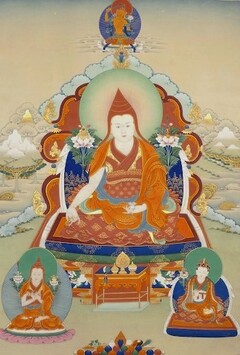Nonsectarianism Series
English (26) | Deutsch (2) | Español (6) | Français (8) | 中文 (1) | བོད་ཡིག (26)
Texts on the theme of nonsectarianism, impartiality or the absence of sectarian bias, a central ideal of the so-called nonsectarian or rimé (ris med) movement that blossomed in nineteenth-century Kham:
